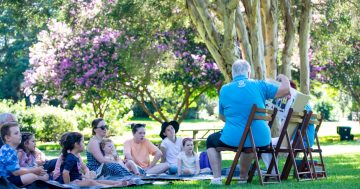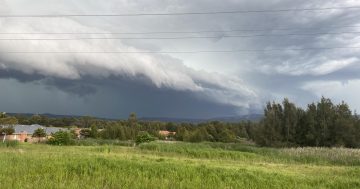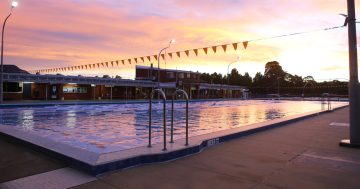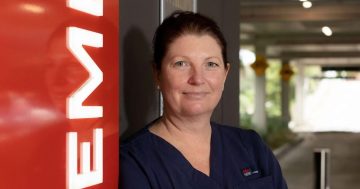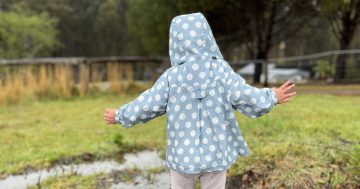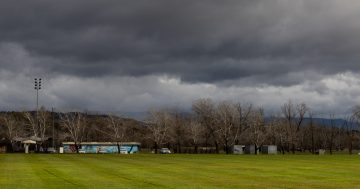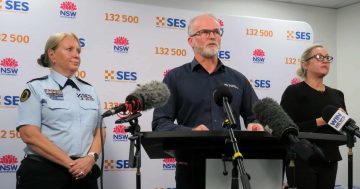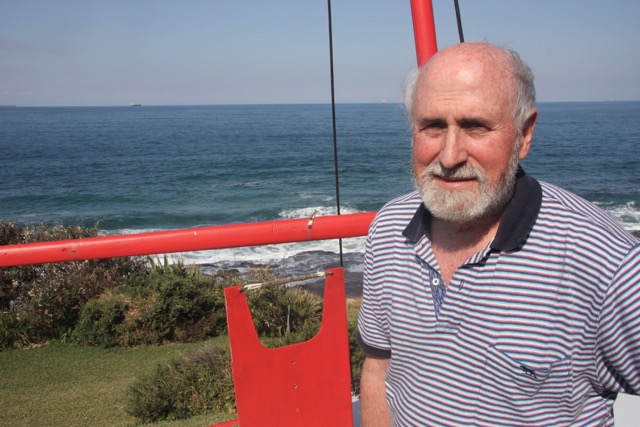
World-class meteorologist Roger Badham at home in Wombarra. Photo: Roger Badham.
It’s arguably the world’s most beloved topic for small talk but for one Wombarra meteorologist, the weather has been a career of a half-century.
For his services to science in the field, Charles Badham, who goes by his middle name Roger, has become one of 11 Illawarra locals to be awarded an Order of Australia for this year’s King’s Birthday Honours.
The 74-year-old Principal at Marine Weather Services jokes that the award should go to the computers that now “do the heavy lifting” – but it hasn’t always been this way.
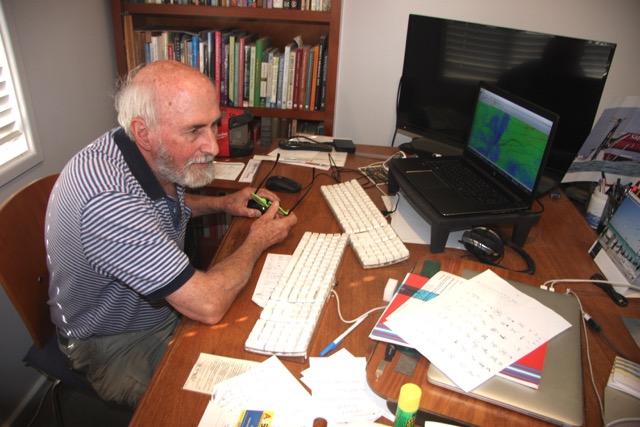
Roger says predictive modelling has come a long way thanks to computers, and is due for another revolution with the introduction of quantum computers. Photo: Roger Badham.
Back when he was a weather forecaster for Channel 10 in the late 70s and early 80s – in the days before computer modelling – the Bureau had a forecast for that day with an outlook for the day ahead.
“My partner and I started the four-day forecast, which was quite radical in those days. The Bureau immediately followed suit,” he said.
“But the computer has revolutionised the weather. It does the forecast and isn’t working on a hunch; it’s based on scientific and mathematical equations at every grid point in the world and can come up with the weather 15 days ahead.
“Back in the day before computers, you couldn’t dream of predictions even two days ahead.”
Despite vast improvements, Roger said people quickly forget how far weather forecasting has come.
“It’s still not an exact science but it’s pretty close to,” he said.
“The next big jump will come in 10 to 20 years when they develop the quantum computer, which will be thousands of times faster than we currently have. It will herald the next revolution in weather forecasting with much more accurate models.
“That’s the future. I might not be around to see it but it’ll be exciting when it happens.”
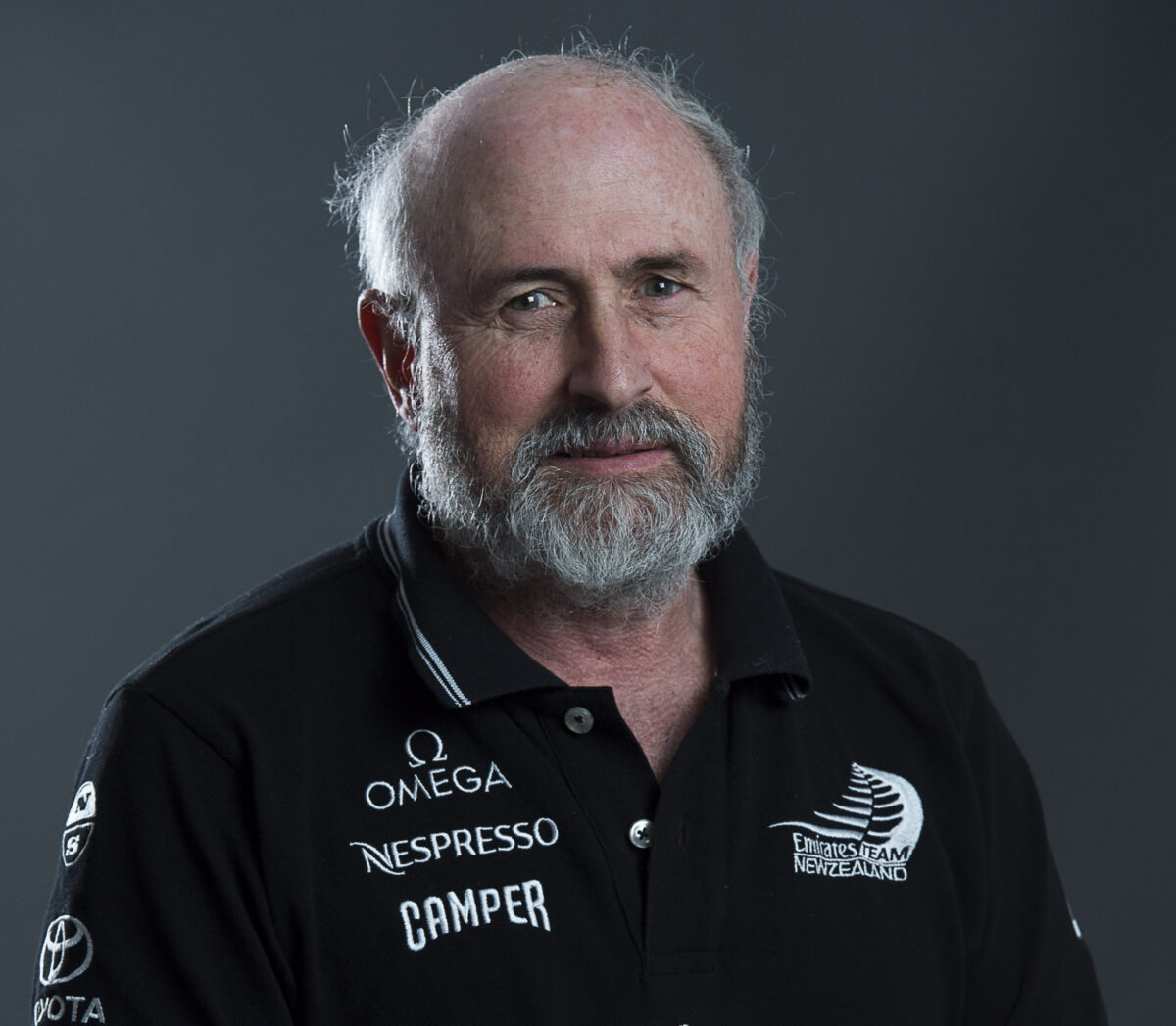
Roger has been the Emirates Team New Zealand meteorologist since 2000. Photo: ETNZ.
Despite his skill with forecasting now, it was never a childhood dream, nor was there some lightbulb moment that showed him the path to destiny – quite the opposite.
After completing a degree in mathematics and physics and an Honours and PhD in meteorology, he had ambitions of becoming an environmental meteorology consultant.
“But we couldn’t find any customers,” he laughs. “This was in ’72 and ’73 mind you – the environment, climate change, global warming were not high on people’s agendas. Instead, everywhere we went, people kept asking if we did forecasting and eventually we thought, ‘why not?'”
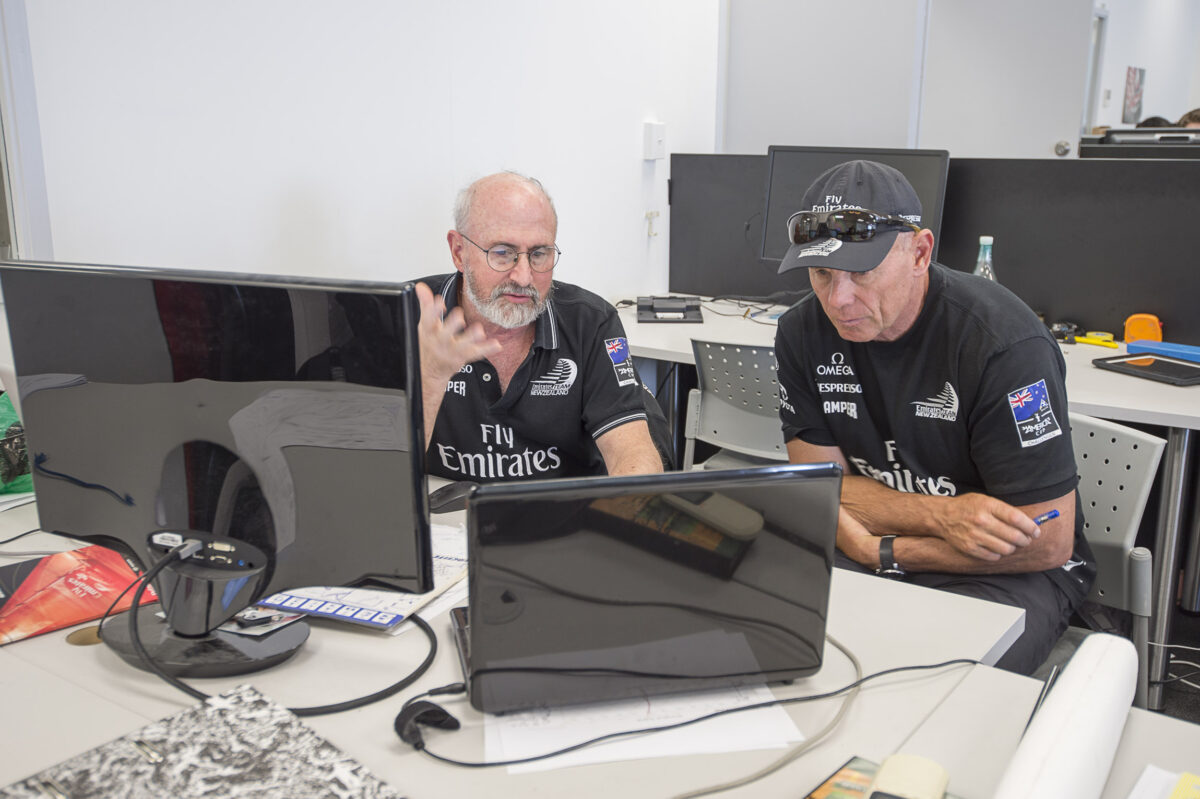
Emirates Team New Zealand MD Grant Dalton gets a weather briefing from team meteorologist Roger Badham in 2013. Photo: ETNZ.
He started in 1977 as a weather forecaster for Channels 7 and 10 and Radio 2UE, but before long his calling emerged.
“One day the general manager of Channel 7 at the time, Ted Thomas, told me they’d signed up to sponsor a young man and asked if I could go and give him some advice on the weather,” he said.
“I did. And it’s work that made sense to me.”
That young man was Iain Murray AM, a yacht designer and sailor who went on to sail the America’s Cup regattas and the global SailGP and to win the second World Championship in the Etchells class.
Roger stepped into a long and illustrious meteorology and forecasting career. In 1983 he authored Marine Weather Manual. He has consulted at countless regattas and sailing events globally including the Olympics. He has been the Emirates Team New Zealand meteorologist since 2000 and an advisor for Ferrari Formula One since 2008.
Using his intimate knowledge of weather systems, he divines intensive forecasting that enables his company Marine Weather Services to provide its competitive sailing clients with an edge that will help them achieve optimal outcomes on the water.
He said this work might seem “mundane” to some, compared to the recent wild weather events dominating the headlines.
“I forecast wind and temperatures in the lowest few metres of the atmosphere, relating to what impacts yachties,” he said. “That might not be considered exciting but it’s still hard.”
The high seas can be treacherous, and understanding how the weather forecast translates to conditions on the water can be the difference between life and death or, at least, a win and defeat. In fact, many industries could benefit.
“I’ve often lamented that the Australian cricket team don’t have a meteorologist,” he said.
“There’s a lot of things a micro meteorologist like myself could help them understand – right down to which way the ball swings on the wind.”








